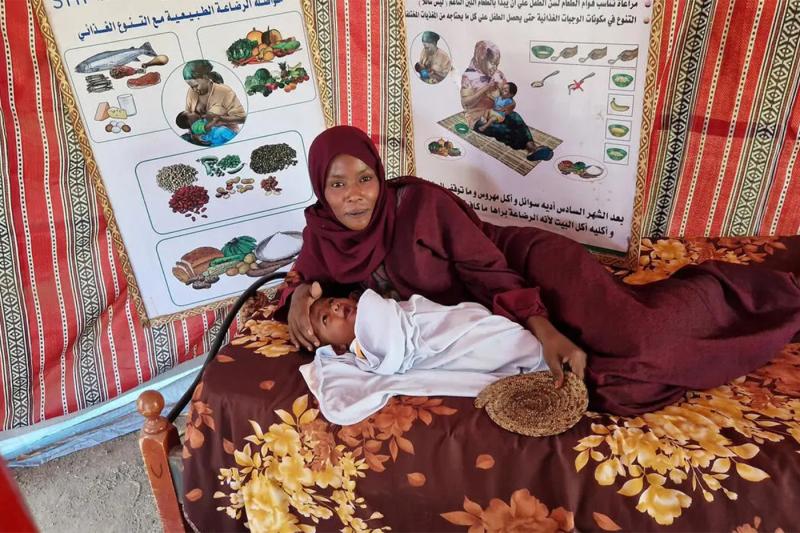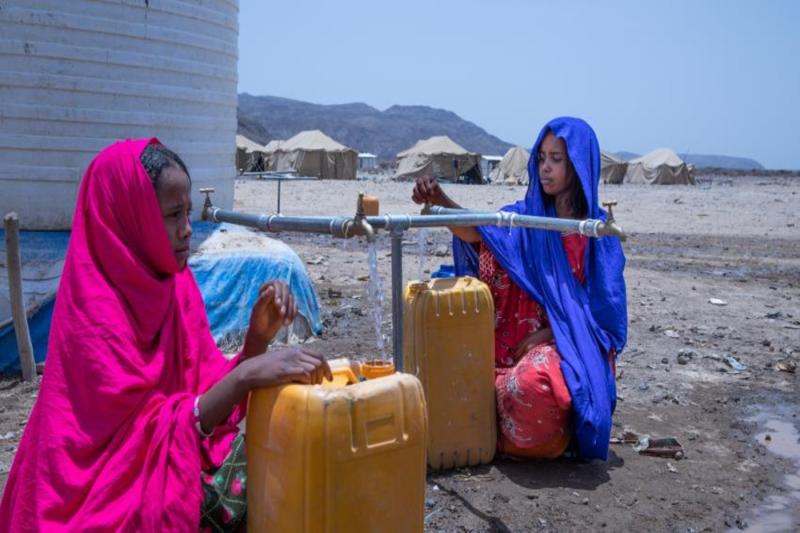
Directing funding where it is needed most: largest allocation from CERF Underfunded Emergencies window
The Central Emergency Response Fund is a fund by all, for all. On 12 January 2022, the Fund set aside USD 150 million to fund humanitarian operations in 13 countries in Africa, the Americas, Asia and the Middle East.
United Nations Member States, observers, and other donors - including individuals – contribute to the Fund. Money is then distributed to rapidly respond to emerging crises and to support ongoing emergencies that have not received enough funding. Since its inception, hundreds of millions of people have benefitted from projects supported by $7.5 billion in CERF funding across 110 countries and territories.
The “Underfunded window,” of which this portion is the first round of the year, directs money to programmes in countries where the gap between demonstrated lifesaving humanitarian need and available money to support humanitarian response is greatest. This is the highest Underfunded allocation in the Fund’s history.
The CERF was created by the UN General Assembly in 2005 “to ensure a more predictable and timely response to humanitarian emergencies, with the objectives of promoting early action and response to reduce loss of life, enhancing response to time-critical requirements and strengthening core elements of humanitarian response in underfunded crises.“
The USD 150 million allocated in January 2022 will fund some of the world’s largest humanitarian responses (DRC, Sudan, Syria) and smaller operations that garner fewer headlines (Angola, Madagascar, Honduras).
For example, the back to back droughts in Madagascar are driving at least 1.3 million people into acute food insecurity, with thousands at risk of famine. The CERF funding will help close critical gaps in this humanitarian response to help people in need get assistance as soon as possible.
CERF funds are unearmarked, meaning they are not restricted for specific use. That means the humanitarian organizations in-country can then decide how best to use the money to help people. CERF funds in Niger, for example, will focus on food security and nutrition for hundreds of thousands of people, as well as health and mine action activities.
Unearmarked financing through pooled funds like the CERF is an excellent way to ensure money helps the most people in need. Humanitarian organizations can fill gaps, maintain stability in their workforce, and plan ahead knowing they have money they can use flexibly.
Since its inception, the CERF has strengthened quick and effective responses to emergencies, saving lives across the world. As Under-Secretary-General for Humanitarian Affairs and Emergency Relief Coordinator, Martin Griffiths, noted, “CERF funding allows donor contributions to go further, swiftly reaching those who need our help the most. I thank all donors to CERF whose generosity has made this support possible. Together we do make a difference.”
Read more:
The Central Emergency Response Fund is a critical tool for delivering aid to people when they need help the most. Learn more about the fund and track the data here. Meet some of the people assisted by CERF-funded projects in Bangladesh, Jordan and Sudan.


